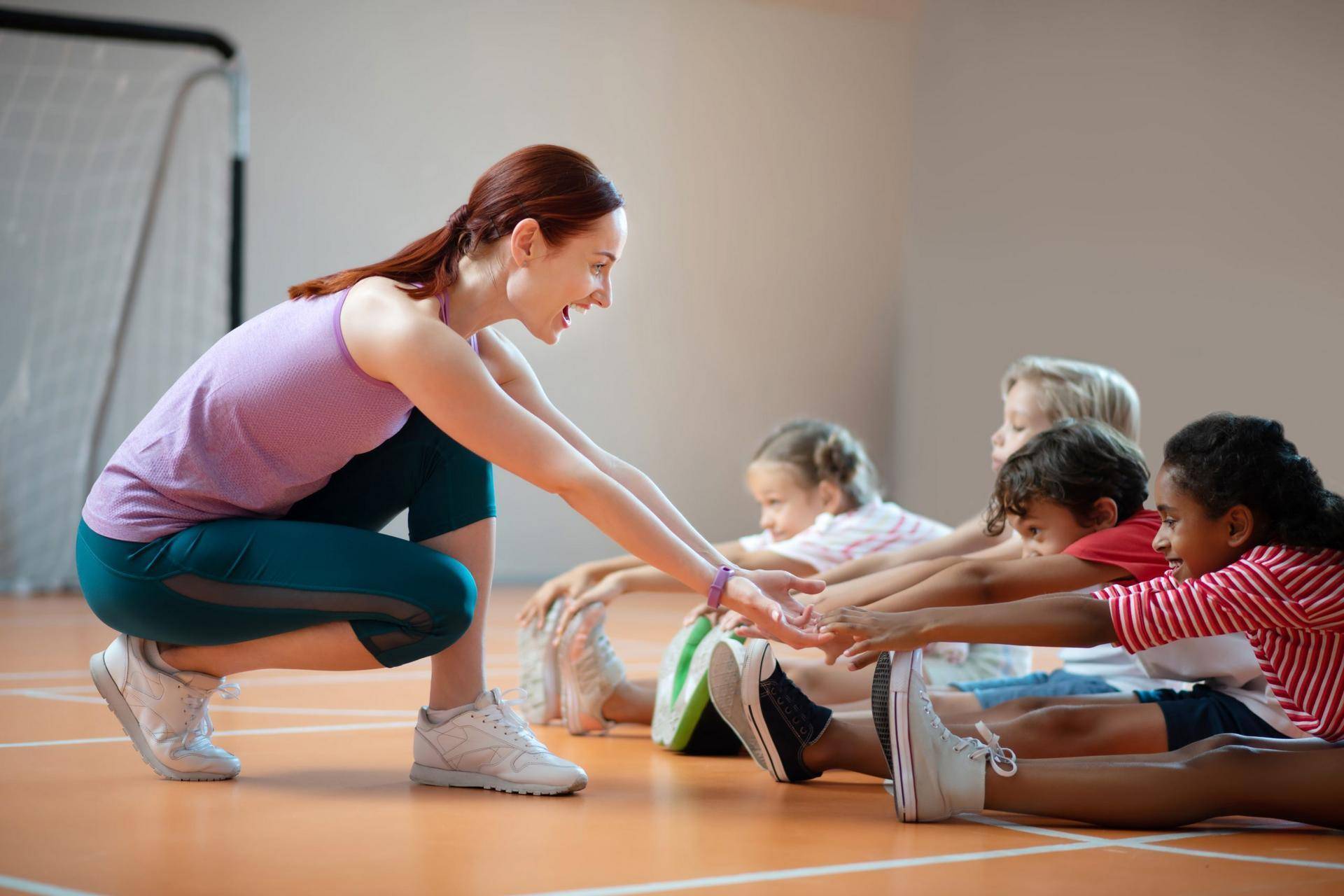By Julene Reese
The benefits of physical activity are clear, yet thousands of Utah girls and women participate at significantly lower levels than boys and men. With only 28% of boys and 14% of girls meeting the recommended physical activity levels set by the state, Utah State University’s Utah Women & Leadership Project (UWLP) recently released a report to help Utahns better understand physical activity levels and how to overcome barriers for girls and young women ages seven to 17.
In 1972, when Title IX was passed mandating that federally funded educational institutions must provide women equal opportunity in sports, the number of women participating in sports went from one in 27 girls to two in five girls participating today.
“That is definitely great progress,” said Susan Madsen, founding director of the UWLP and one of three study authors. “But, it’s still less than half, which needs to be addressed for the health of future generations of women. This study helps us understand some of the barriers, and this can help us make recommendations for change.”
The study noted that a significant barrier for girls and young women is the lack of options for physical activities they enjoy. For instance, most physical education classes consist primarily of competitive sports, which girls identified as their least favored activity. Women, young and old, showed preferences for yoga, walking, biking and dancing. If schools could develop classes and after-school programs that correlate with preferred activities, studies show increased autonomy, self-determination and participation.
Another barrier noted was body image. Positive body image is correlated with increased levels of physical activity, yet Utah women have low rates of body acceptance, which may be a factor in low rates of physical activity. A 2017 UWLP report revealed the high rates of cosmetic surgery per capita in Salt Lake City in past years, which trumped that of Los Angeles and was second only to Miami. The report documented the problem that follows when society assesses a woman’s success based on her attractiveness, which reduces her identity and potential to the shape of her body and can also increase sexual objectification.
One study cited in the research showed that the benefits of physical activity, including reduced levels of stress, were lost if the motivating factor to exercise was weight loss or body toning.
“If conforming to society’s ideas of attractiveness, including thinness, is a young women’s main motivator for being physically active, we are seeing that the activity is often short-term,” said Madsen. “Encouraging girls and women of all ages to participate for reasons other than being attractive has shown to increase their motivation to be physically active.”
Lead author Kim Buesser said that social support from friends was noted as a critical factor in helping girls and young women engage in physical activity, yet support from friends, parents and teachers was often lacking.
“Other barriers included inadequate changing and showering facilities, lack of time for showering, and feeling self-conscious about physical appearance while wearing exercise or fitness clothing,” she said. “Additional barriers were noted for women of color, including cultural views that women shouldn’t be in the sun and sweat, lack of financial resources and hair-related issues.”
The first step to help overcome these barriers requires parental involvement and role-modeling, said Madsen. Fewer things have greater impact on a girl’s long-term physical activity levels than her parents’ own physical activity and enthusiastic encouragement.
USU Extension faculty member and study author Rachel Myrer said another way to help is to tailor physical activity options according to preferred activities, particularly in school physical education.
“Girls and women are more likely to be physically active when they enjoy what they are doing and have opportunities to participate with friends and peers,” she said. “Encouraging girls to explore sports and physical activities that interest them, rather than only the ones that girls typically play, can lead to greater interest and engagement.”
Learning from this research and finding ways to increase the physical activity of girls and women will improve their overall health and well-being, said Madsen.
“This, in turn, will impact the health and well-being of Utah families, communities and the state as a whole.”
To read the full report, including links to resources and references, visit https://www.usu.edu/uwlp/files/snapshot/30.pdf. Further information about the UWLP can be found at utwomen.org.

